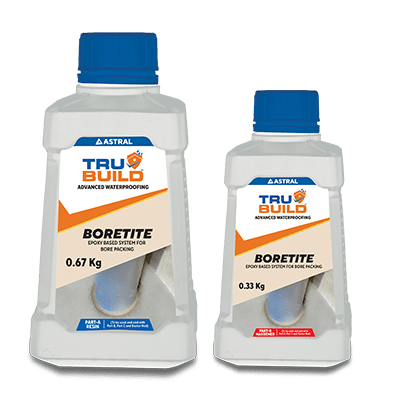Understanding External Wall Waterproofing | Tips to Prepare for Monsoon
Mar 27, 2025
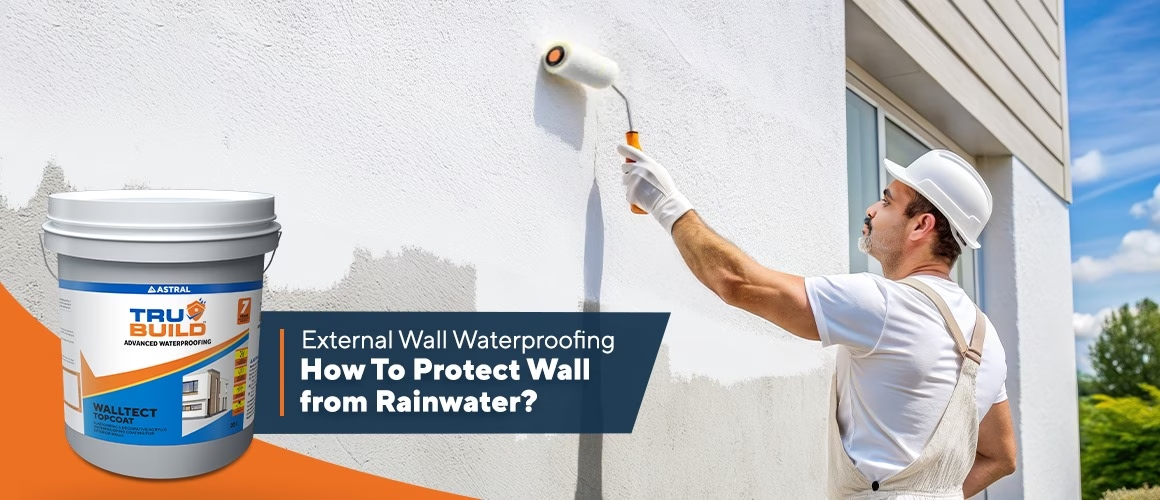
While many of us eagerly await the first rain to break the summer heat; the same downpour can spell trouble for our homes. Damp patches, cracks and mold growth can creep onto walls, turning minor issues into major headaches. That is why summer is the ideal time to protect your home with the right weatherproofing solutions.
Applying an exterior wall waterproofing coating is a simple yet effective way to prevent leakage and seepage while avoiding costly post-monsoon repairs. This blog explores expert waterproofing tips to keep your home’s exterior walls water-resistant and damage-free throughout the rainy season. But first, let’s go over the basics of wall waterproofing.
What is Exterior Wall Waterproofing?
Exterior waterproofing of the wall involves applying a protective barrier to prevent water from leaking or seeping into the walls. This waterproof layer safeguards your home from structural damage, mold growth and other water-related issues that could put your safety at risk.
Given how exposed your external walls are to continuous rain during the monsoon season, it is wise to apply waterproofing during the summer. It protects your home from heavy rainfall and helps regulate indoor temperature by reducing heat absorption.
Learn how a waterproofing coat helps maintain a cool room temperature. Read our blog on How Roof Waterproofing Helps in Cooling the Home?
Importance of Thorough Rain Protection for Your House
Proper waterproofing keeps your home strong and resilient throughout the monsoon season. To help you understand, here’s how exterior wall waterproofing in summer can shield your home from potential damage:
-
Preserving Structural Integrity:
Constant water seepage weakens walls, ceilings and foundations, leading to costly repairs or even structural failure if ignored.
-
Preventing Water Damage:
Leaks and damp patches aren’t just cosmetic flaws—they signal deeper water infiltration that can ruin your home’s interior.
-
Stopping Mold and Mildew Growth:
Excess moisture creates the perfect breeding ground for mold, triggering allergies, respiratory issues and musty odors.
-
Maintaining Indoor Comfort:
Proper external wall waterproofing keeps your home dry, fresh, and free from dampness and musty odors, ensuring a more comfortable living space.
-
Protecting Your Belongings:
Water damage can destroy furniture, electronics and personal items. Waterproofing keeps your valuables safe.
-
Keeping Pests Away:
Damp walls attract termites, mosquitoes and other pests. Weatherproofing coating acts as a shield against infestations.
-
Enhancing Property Value:
A home with strong external wall waterproofing stays in top condition, increasing its market value and appeal to buyers.
How to Protect Wall from Rainwater?
Now that you understand the importance of exterior wall waterproofing, let’s explore the most effective steps to keep your home safe this monsoon:
-
Apply a Waterproofing Coating:
When looking at how to protect walls from rainwater, the first and most important step is applying a high-quality waterproofing coat. Astral Trubuild Walltect Topcoat is designed to prevent water penetration while enhancing the durability and aesthetic appeal of the wall. Applying this topcoat ensures your walls remain dry and fresh, even during heavy downpours.
-
Seal Cracks and Gaps:
Even minor cracks can become entry points for rainwater, leading to damp patches, mold growth and weakened walls. Using Trubuild WTS 888 Water Thinnable Sealer effectively seals porous surfaces and minor cracks. For deeper cracks, Trubuild CFP 525 Crack Filling Powder or Trubuild CFP 425 Crack Filler Paste provides a flexible and long-lasting solution, ensuring your walls stay protected from water seepage.
-
Install Drip Edges and Gutters:
Proper drainage solutions like drip edges and gutters prevent rainwater from streaming down your walls, reducing the risk of moisture buildup. Regularly cleaning and aligning your gutters helps keep rainwater flowing away from your home instead of seeping into the walls.
-
Use a Primer Before Waterproofing:
Before applying any waterproofing layer, a high-quality primer enhances adhesion and provides additional protection against moisture. Trubuild Primesure Premium strengthens the external wall waterproofing coat by ensuring it bonds well to the wall surface, offering long-lasting resistance to rainwater damage.
Expert Tips to Protect Your Walls from Rainwater
Following the right steps is key to waterproofing your exterior walls effectively. But for the best results, here are some expert waterproofing tips to enhance protection:
-
Apply a High-performance Waterproofing Coating:
A durable waterproofing topcoat acts as a shield against heavy rains, preventing moisture from seeping into your walls.
-
Seal Even the Smallest Cracks:
Hairline cracks may seem harmless, but they allow water to penetrate deep into the structure. Use a flexible crack filler to seal them before the monsoon hits.
-
Pre-treat Walls with a Waterproof Primer:
A high-quality primer strengthens the bond between the wall and the waterproofing layer, enhancing its effectiveness and longevity.
-
Opt for Silicone-based or Elastomeric Coatings:
Unlike regular paints, these coatings provide superior water repellency and prevent damp patches, fungal growth and peeling.
How to Choose the Right Exterior Wall Protection Methods?
Selecting the right weatherproofing product depends on factors like climate, wall material and building age. Here’s how to decide:
-
Assess Your Building’s Needs:
Different materials—brick, concrete, or wood—require specific treatments, while older buildings may need repairs before applying protection. Select an exterior wall waterproofing coating only after the wall is assessed by a professional.
-
Choose the Right Protection Method:
Waterproof coatings create a seamless barrier against seepage. Exterior Insulation and Finish System (EIFS) combines insulation with weatherproofing solutions for added durability. Wall cladding, like fiber cement or metal panels, enhances moisture resistance and aesthetics. Sheathing materials, such as plywood or gypsum boards, provide an extra protective layer against rain damage.
Key Considerations to Select the Best Exterior Wall Waterproofing
When choosing a wall waterproofing coating, ensure it meets these essential criteria for effective and long-lasting protection:
-
Strong Water Resistance:
The coating should create a seamless, non-porous barrier that prevents water seepage.
-
Breathability:
A good wall waterproofing layer allows trapped moisture to escape while blocking external water.
-
UV and Weather Resistance:
It should withstand harsh sun exposure, temperature changes and heavy rains without deteriorating.
-
Flexibility & Crack Bridging:
The coating must expand and contract with structural movements to prevent cracks.
-
Adhesion & Durability:
It should bond well with different surfaces, like concrete, brick, or plaster, for long-term effectiveness.
Seasonal Maintenance Tips for Rain-resistant Walls
After applying an exterior wall waterproofing coat, regular maintenance is key. Here are some expert waterproofing tips to consider before and after the monsoon for lasting protection:
-
Pre-Monsoon Checkup:
Inspect exterior walls for cracks, peeling paint, or damp spots and address them before heavy rains begin.
-
Reinforce Protective Coatings:
Reapply waterproof coatings or sealants during the summer to ensure strong resistance before the monsoon.
-
Improve Drainage Systems:
Clean and maintain gutters, downspouts and wall drainage to prevent water accumulation and seepage.
-
Test for Water Absorption:
Sprinkle water on walls to check absorption levels; if the surface absorbs the water quickly, it’s time for a fresh waterproofing layer.
-
Post-Monsoon Damage Control:
After the rainy season, inspect for moisture damage, treat affected areas and reinforce weak spots to prevent long-term deterioration.
How can Astral Trubuild be of Service?
Monsoon rains can be harsh on your home, leading to seepage, damp patches, and structural damage. That is why we, at Astral Trubuild, recommend applying exterior wall waterproofing during summer, giving it ample time to settle and form a strong protective barrier before the rains arrive.
Our expert-grade weatherproofing solutions are designed to withstand heavy rains and harsh conditions, ensuring lasting protection. From sealing cracks and preventing leakage to enhancing durability, our solutions provide everything you need to keep your home safe, strong, and leak-free.
Stay ahead of the monsoon—seal your walls with exterior waterproofing and prevent leaks before they start.
FAQ’s
-
How do I protect my exterior walls from rain?
One way to protect exterior walls from rain is to apply a high-quality exterior wall waterproofing coating, seal cracks, and use a primer for better adhesion. Additionally, installing proper drainage systems like gutters and drip edges helps prevent water accumulation. Regular maintenance, including pre-monsoon inspections and reapplying protective layers, ensures long-term durability.
-
Can waterproofing be done in the rainy season?
Waterproofing is best done in dry weather, as rain can prevent coatings from curing properly. However, emergency solutions like quick-drying sealants and water-repellent sprays can provide temporary protection during the rainy season. For long-lasting results, apply weatherproofing solutions during summer or dry spells.
-
What is the best way to waterproof exterior walls?
The best way to waterproof exterior walls is to apply a waterproofing topcoat, seal cracks with flexible fillers, and use a high-quality primer for better adhesion. Silicon-based or elastomeric coatings offer superior water resistance and flexibility, preventing moisture buildup and structural damage.
-
What protects the wall from the rain?
A waterproofing coating protects against rain, preventing seepage and damp patches. Crack sealers, primers and weather-resistant paints enhance durability. Proper drainage systems, like gutters and drip edges, help direct rainwater away, reducing wall exposure to moisture.


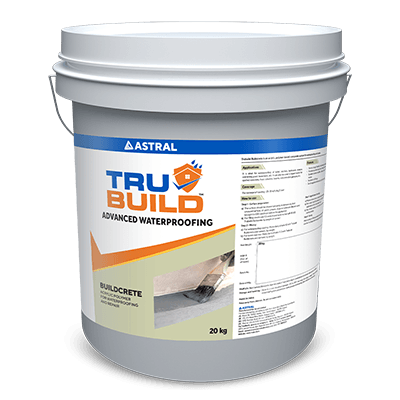

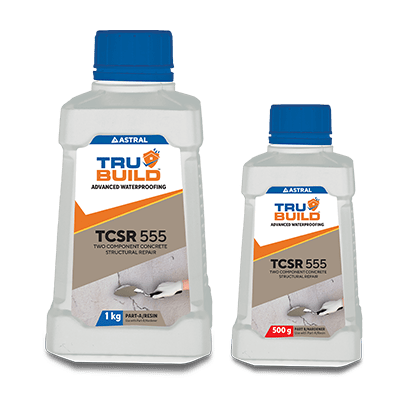


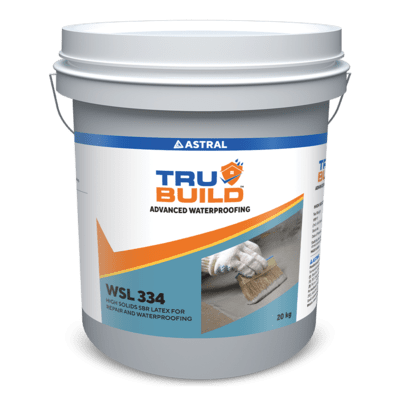
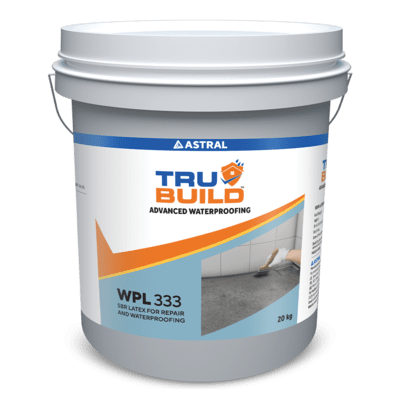
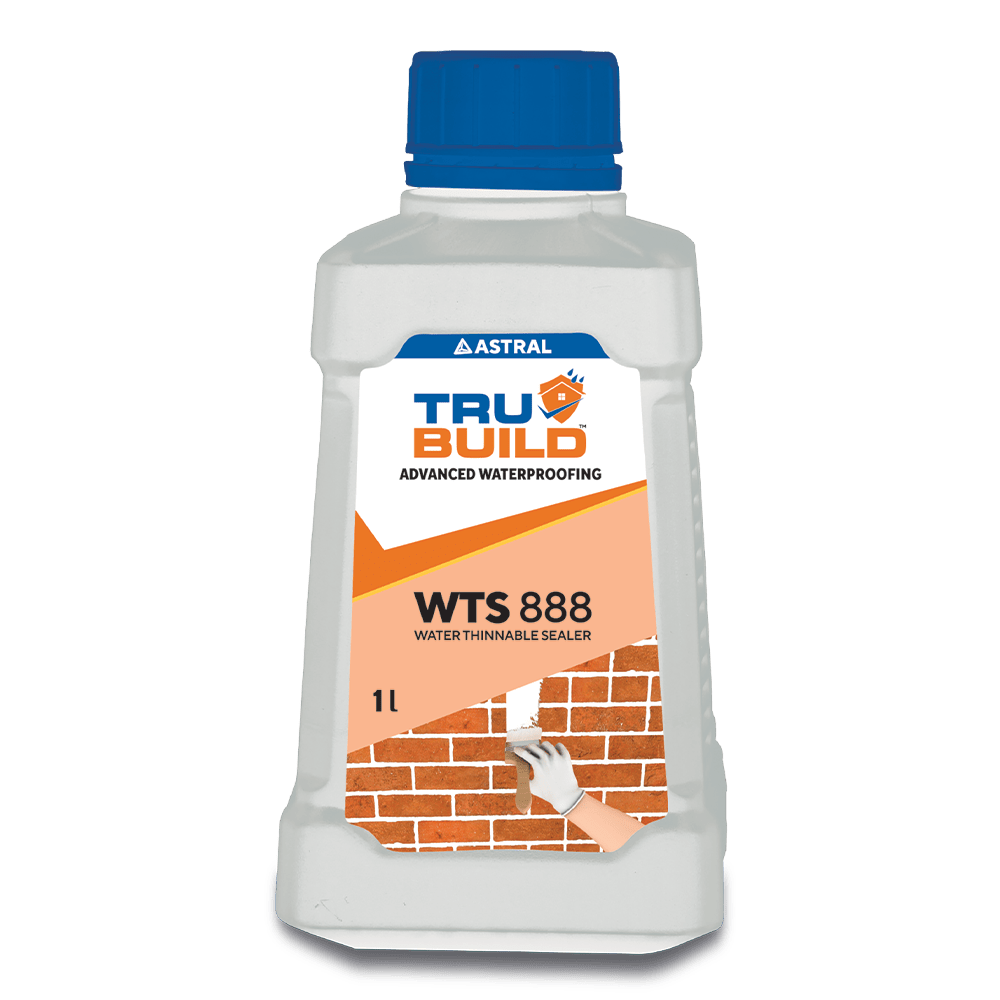



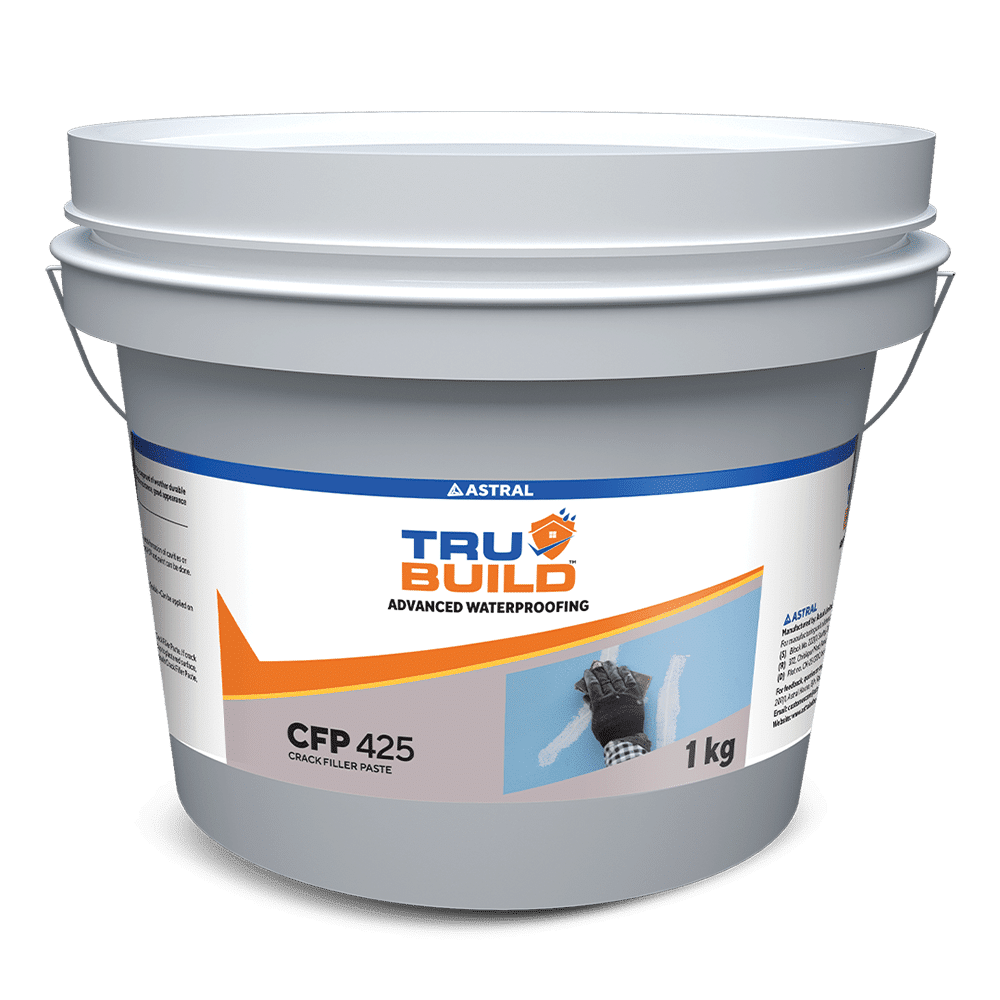




 Professional Sealants
Professional Sealants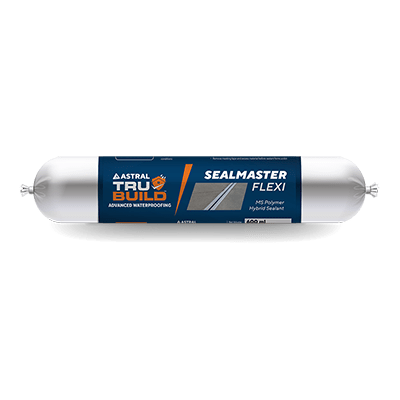
 Roof Waterproofing
Roof Waterproofing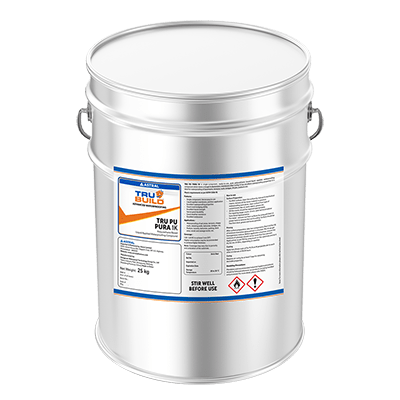
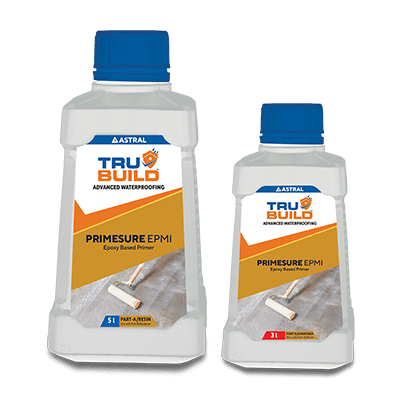



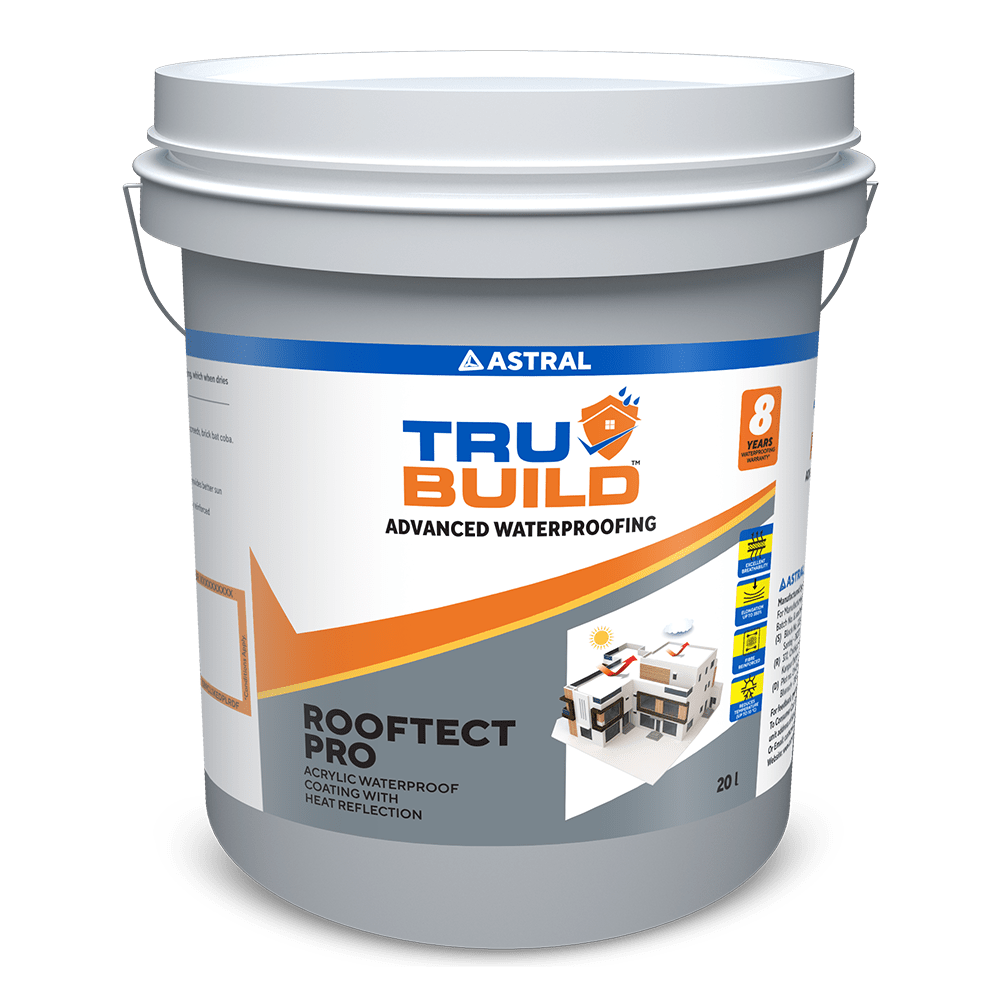
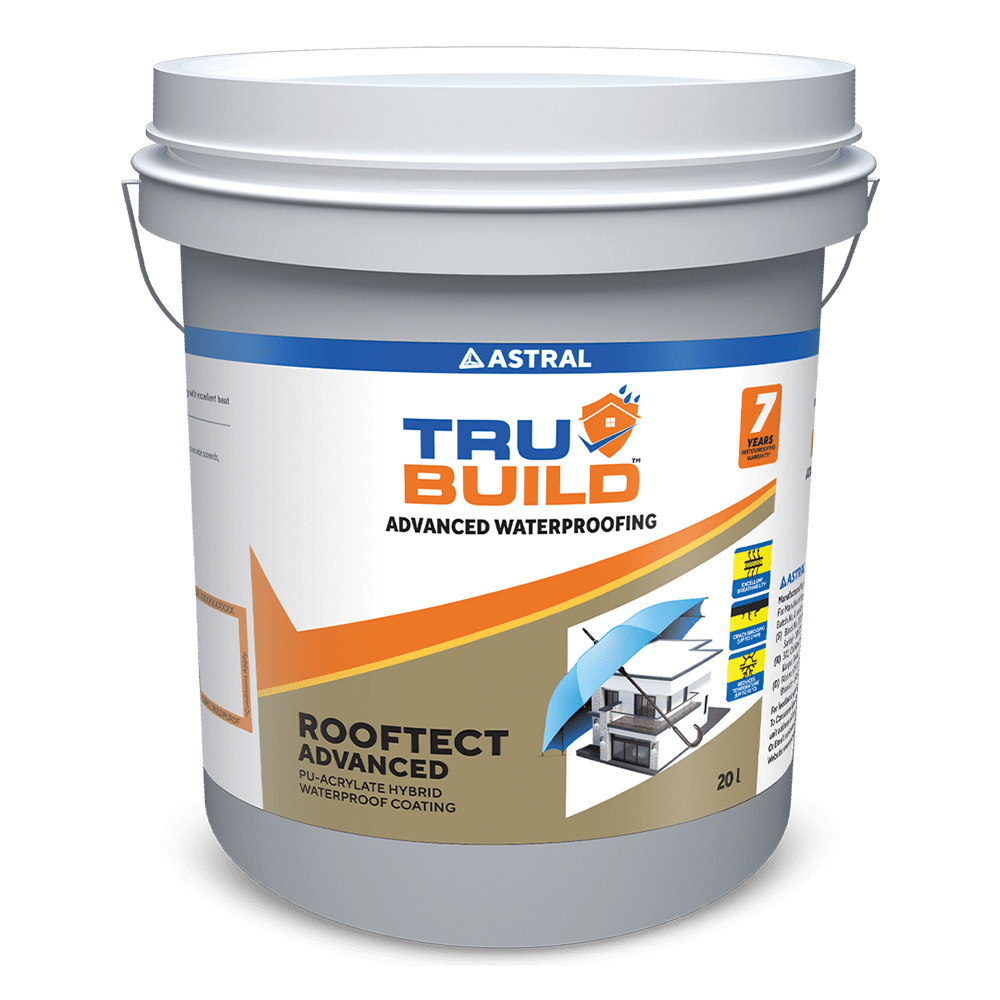
 Substructure Waterproofing
Substructure Waterproofing Tiling and Grouting
Tiling and Grouting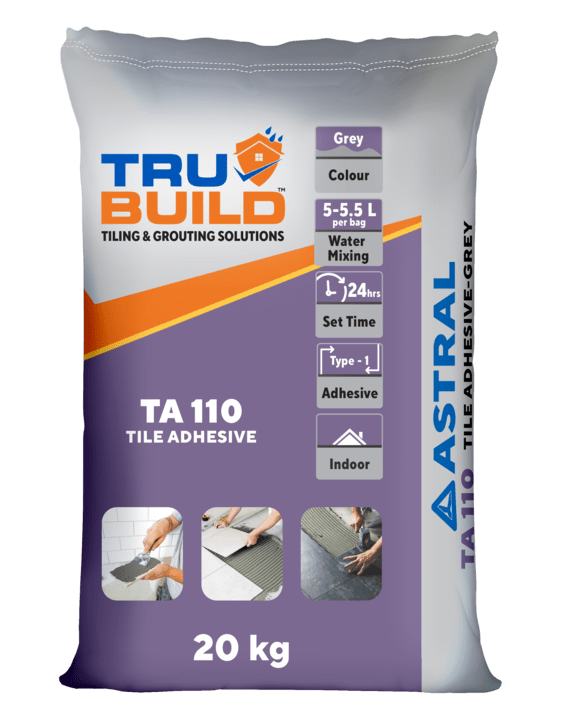
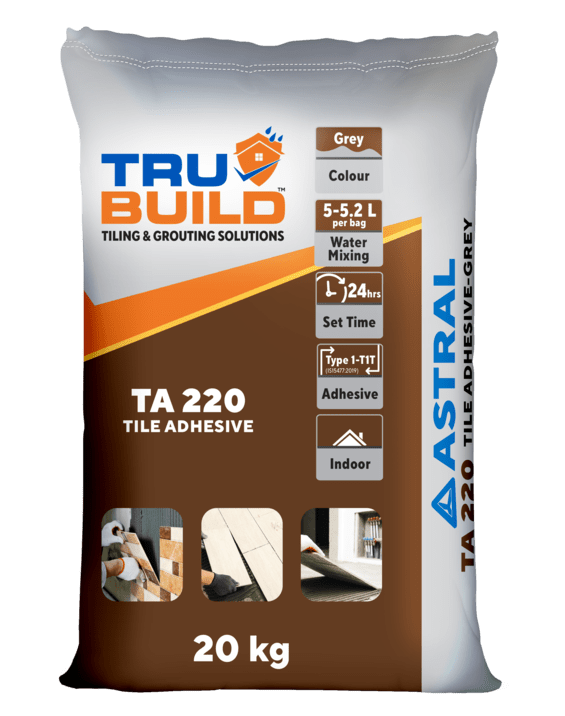

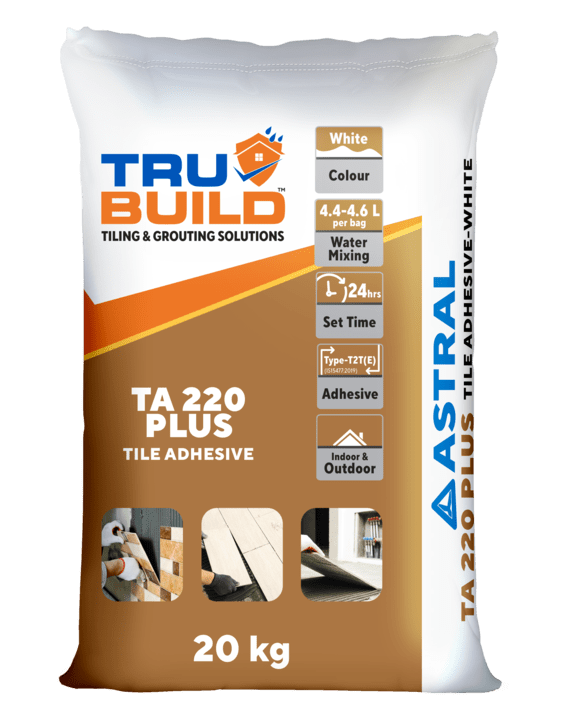
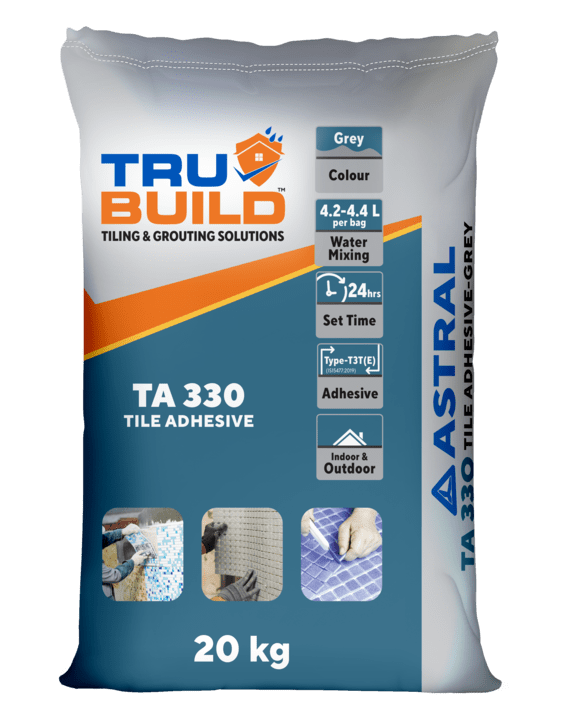
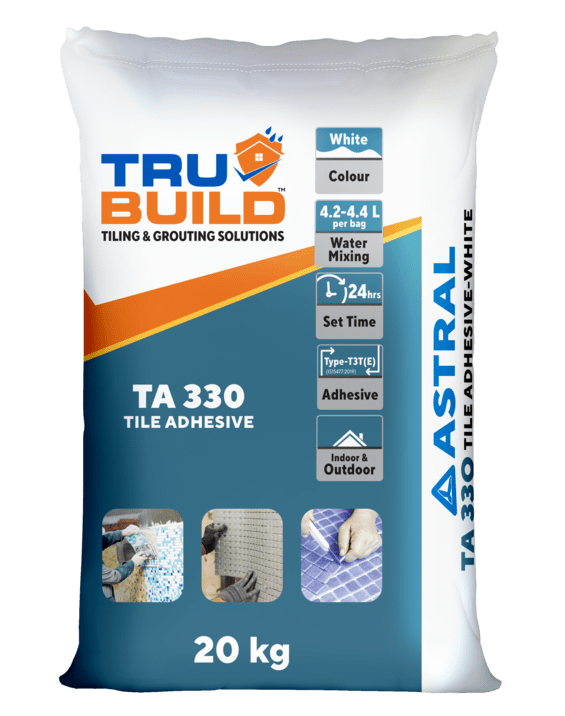
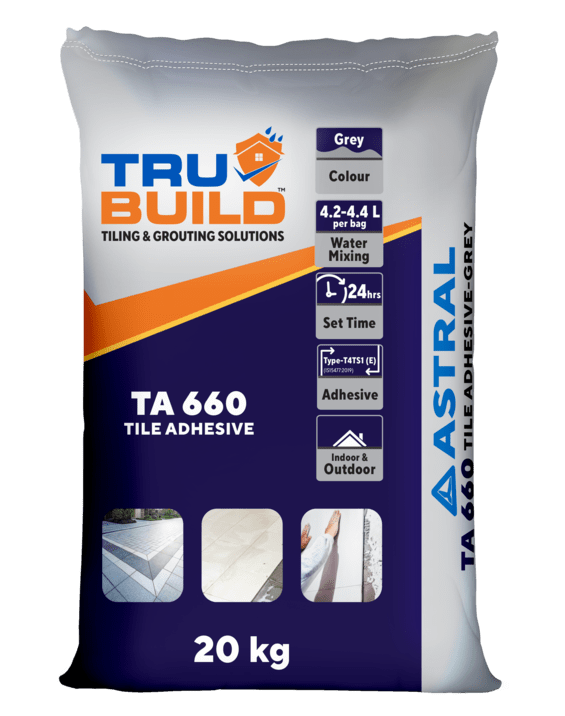
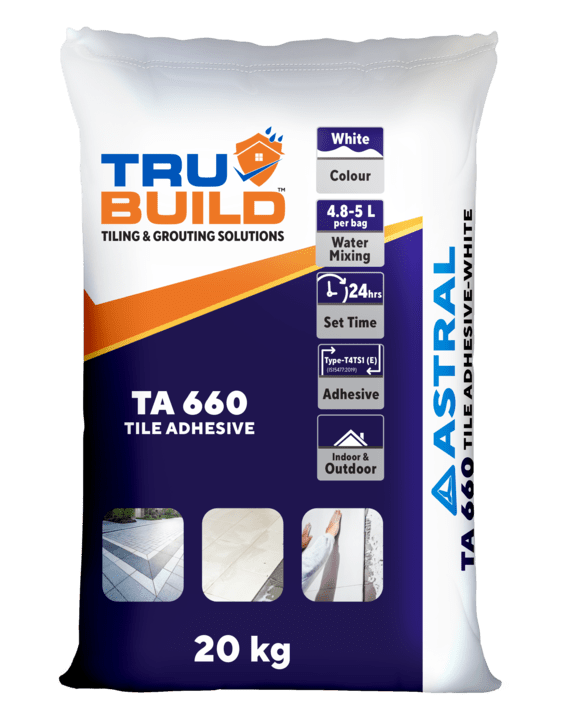



 Water Tanks and Other Areas
Water Tanks and Other Areas